My baby's first ride!
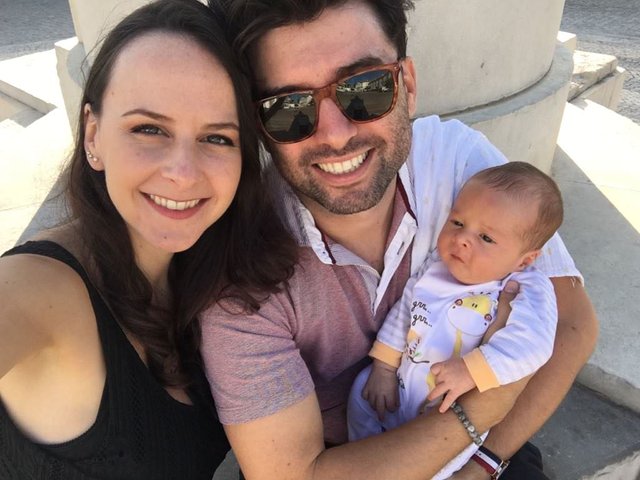
Within two days my first child will make one month of life, so my wife and I decided to take a walk in the beautiful city we live in, and enjoy to show a little quiet place, for all of you!
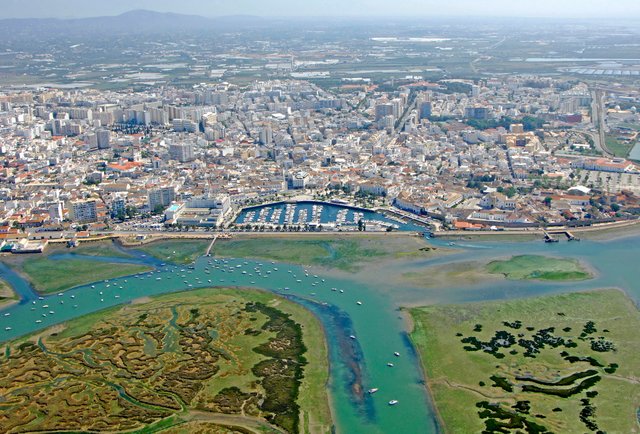
Today, Faro is a very important city not only for the Algarve, but also for Portugal, which has in this region one of the biggest tourist destinations in the country. Today, with around 50,000 inhabitants, Faro is the capital of the Algarve, the southernmost state of Portual, bordering the Mediterranean Sea. This city has gradually become a very important center, since it adds a set of general services like airport (international to destinations within Europe), two university campuses, public hospital, besides centralizing the services in the "Loja do Cidão", where we can find all counters of necessity, such as service of Light, Water, heating, finance, legalization service to foreigners, registries, notary, and others more. However it was not always so, pos Faro is so old that the first landmarks, remote from the VIII century BC. , to the period of colonization of Phenicia in the Western Mediterranean. In that period, the city was Ossónoba, and was one of the most important urban centers, integrating a network of commercial warehouses for the Phoenicians, selling agricultural products, ore and fish (by the way, the fish of the Algarve are simply wonderful).
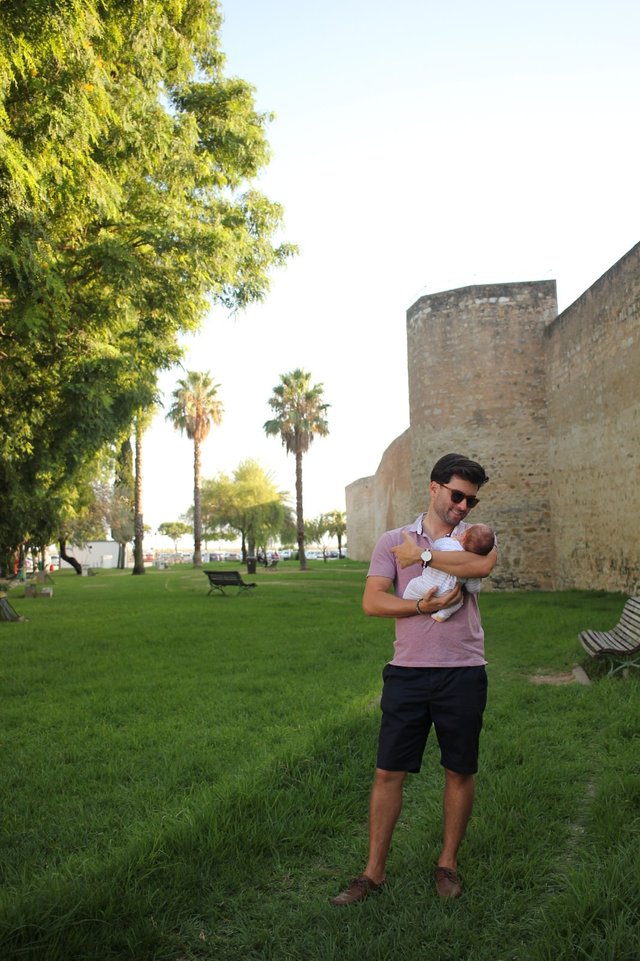
"The Wall"
Between the III century a.c. and VIII b.c. the city was under dominion of the Roman, Byzantine, and Visigoth, and later, in 713 b.c. was conquered by the Moors, who erected a fortification there (believed to have existed a the original wall, was erected before the Roman invasion to the Iberian peninsula). Later, in century IX b.c. Prince Ben Bekr ordered the wall to be strengthened. During this period, the name Ossónoba was changed to Santa Maria do Occidente, and it became then the capital small independent principality, that did not last long.
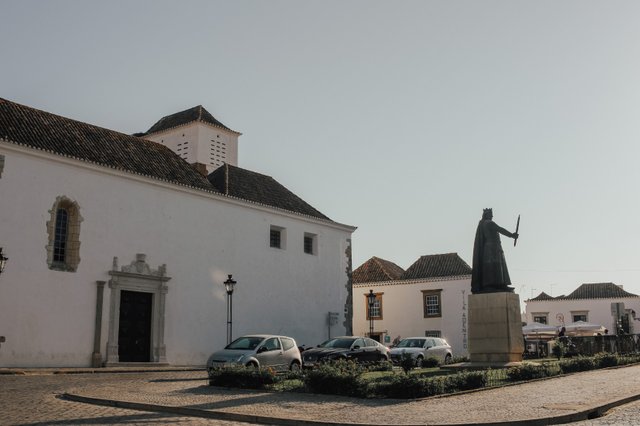
In the 11th century b.c. the city was then fortified with a cirturão of the wall that until today preserves the remote remnants of the old city.
Later, in 1142 with the crusade of King D. Afonso Henrique, which culminated in the independence of Portugal, the city was conquered, and the Moors were then expelled from the Iberian peninsula. From the year 1249, the Portuguese renamed the city to Santa Maria de Faaron. Over the years, it was only called Faaron and later Faro.
From this point Faro developed like a typical Portuguese city, and protected by the wall, prospered and to this day preserves the architecture of this period.
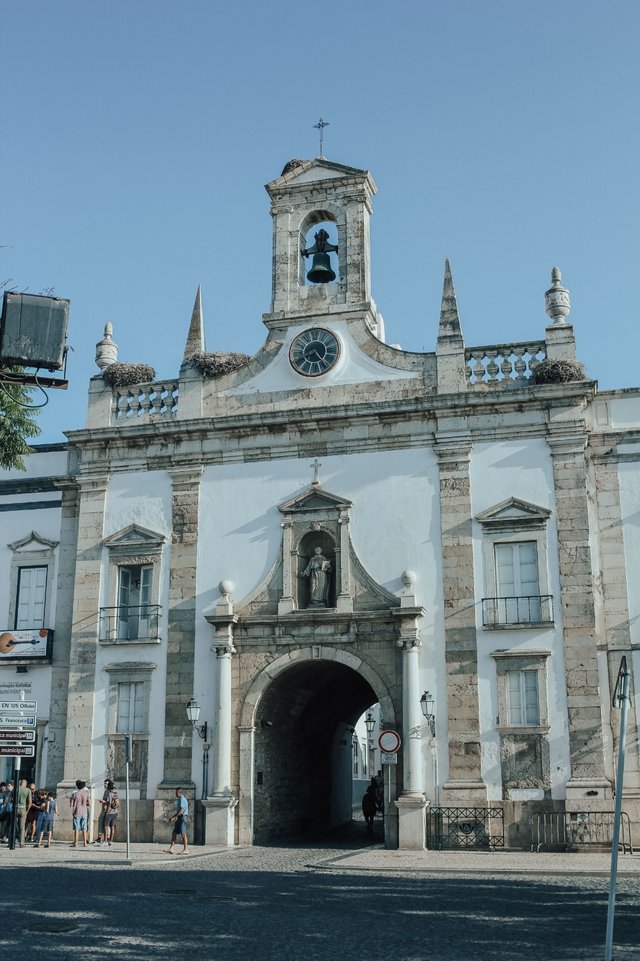
Currently within the wall, we can find the old church, a museum, many restaurants, old palaces, and even the town hall. On the next tour I will show you the interior of the museum and the church that are open to the public, and permiter photographs: D
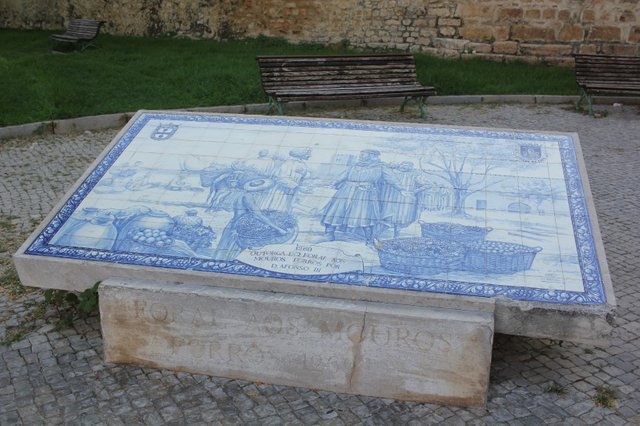
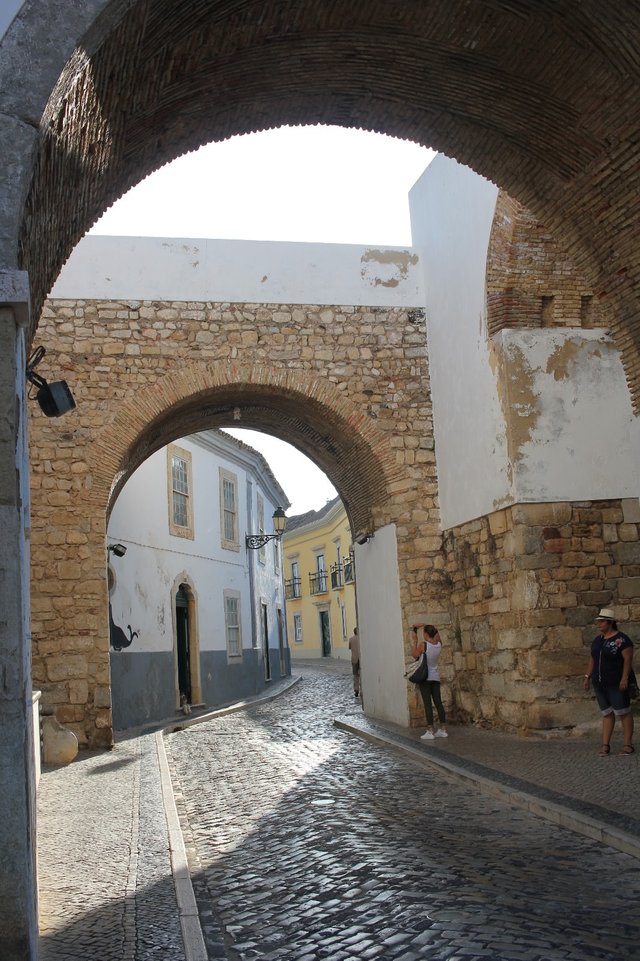
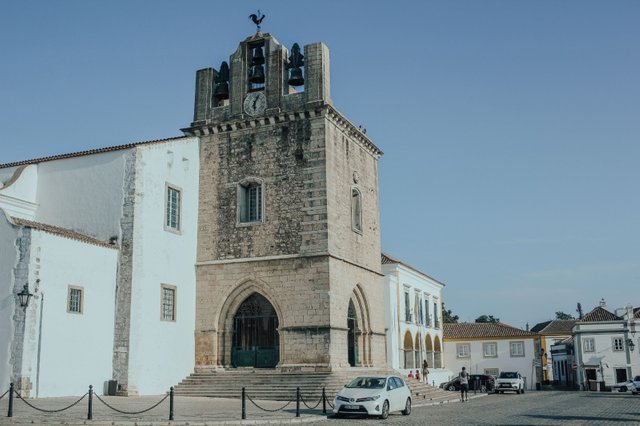
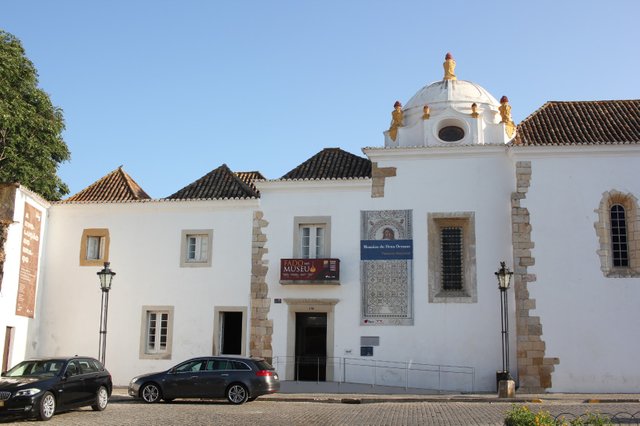
I hope you have enjoyed the post, and see you later!